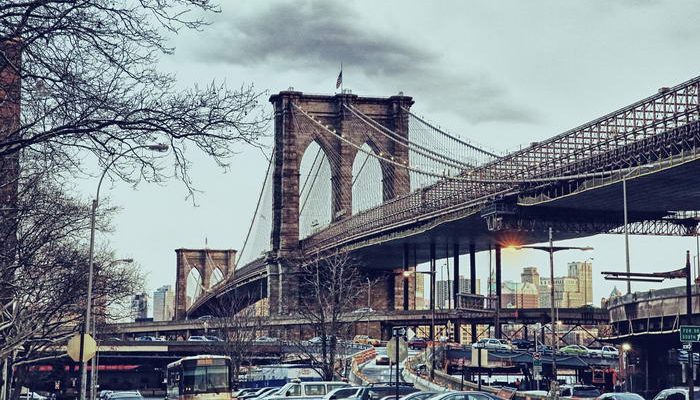Bridges, those magnificent structures that leap over rivers, canyons, and valleys, are far more than just functional elements in our world’s infrastructure. They are, in essence, grand storytellers, each narrating a unique tale of human ingenuity, cultural evolution, and artistic expression. Today, we’re spotlighting ten of the most breathtaking bridges across the globe, showcasing not just their physical splendor but also the rich histories and stories they carry.
As you venture across these architectural wonders, it’s impossible not to marvel at the blend of strength and elegance that defines them. From the iconic Golden Gate Bridge in San Francisco with its Art Deco flair to the ancient Ponte Vecchio in Florence, echoing tales of medieval Europe, every bridge has a story. These structures are testaments to human creativity, standing as enduring symbols of connection and progress.
With each bridge, there’s a fusion of form and function, an artful marriage of necessity and creativity. The Helix Bridge in Singapore, for example, is not just a passage but a futuristic spiral of lights, a visual feast. In contrast, the Chengyang Bridge in China whispers of tradition and time-honored craftsmanship, built without a single nail.
As we explore these global landmarks, we’ll delve into their fascinating backgrounds and the technological marvels that brought them to life. So, get ready to cross not just bridges but also into a realm of discovery, where engineering meets art and history breathes in every rivet and cable.
10 – London Bridge
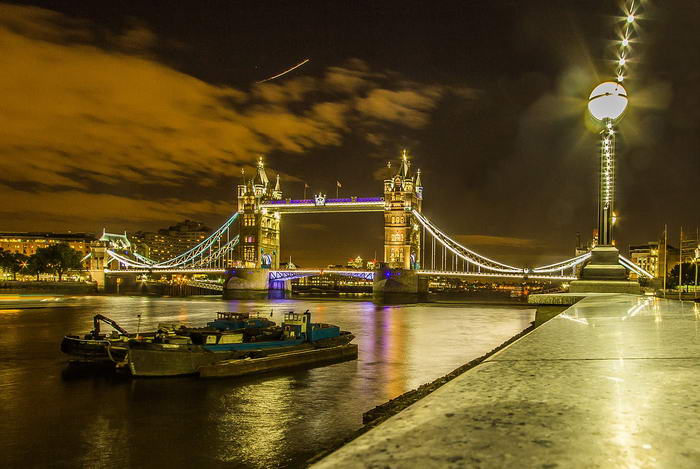
Let’s face it! No visit to London is complete without a photo looking out of the river Thames. It’s safe to argue that London bridge is the most popular landmark England. The bridge is a symbol of pride for the British people, as it reminds them of the rich Victorian history.
09 – Chengyang Bridge, Sanjiang County, China
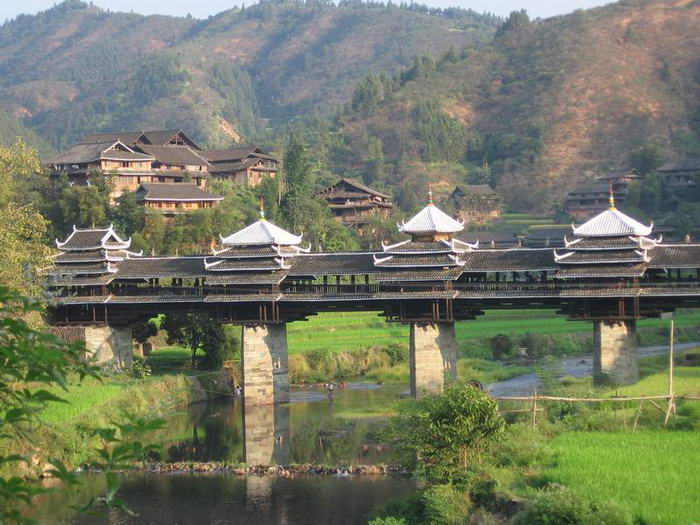
08 – The Pont du Gard Bridge
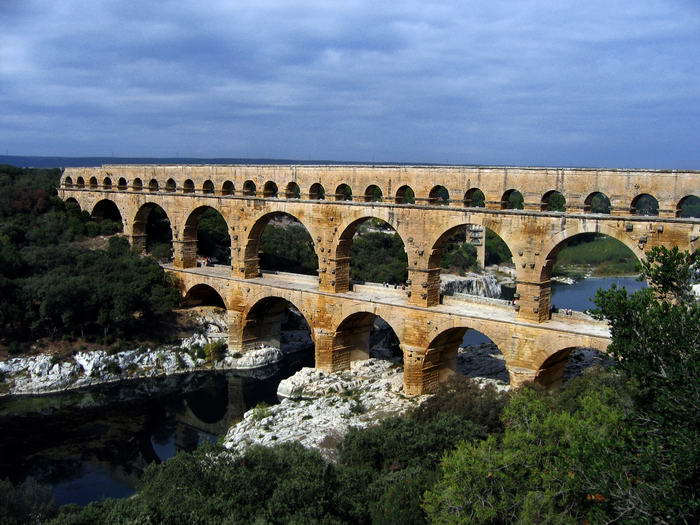
07 – The Rialto Bridge in Venice, Italy
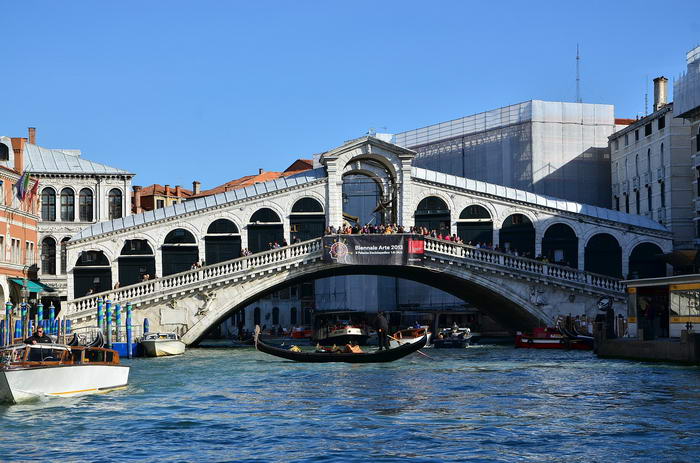
Running over the iconic Grand Canal, the Rialto Bridge has a unique arched shape and it is like a magnet for tourists wanting to take romantic pictures. The bridge offers an amazing view of the gondola boats with their singing gondoliers, that create the perfect atmosphere.
06 – Ponte Vecchio, Florence, Italy
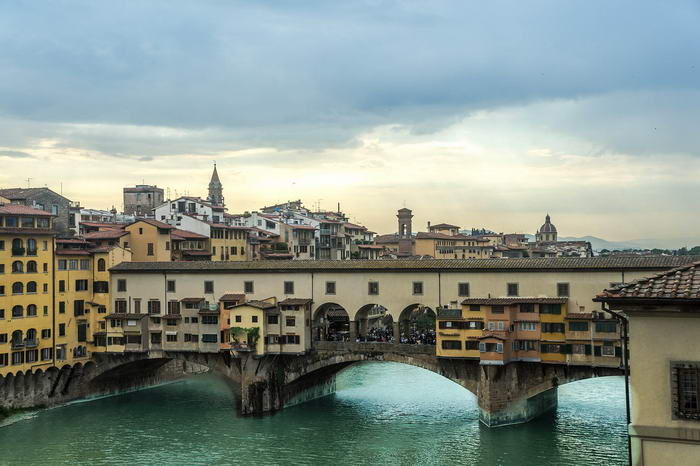
Florence is the city of the greatest artists in the world and Ponte Vecchio is a clear proof of that. This beautiful medieval bridge spans the Arno River and it is one of the most popular tourist attractions in Florence. The bridge features a multitude of shops selling souvenirs, jewellery and luxury items, which makes it a very busy and animated place.
05 – Brooklyn Bridge
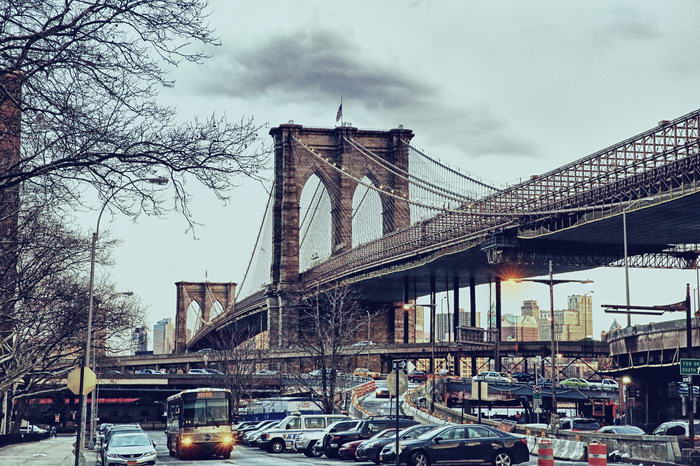
The iconic Brooklyn Bridge has an interesting history behind its construction. Its original designer John Roebling spent almost 15 years convincing the city council to let him realise his dream of building the world’s longest suspension bridge. Unfortunately, Roebling died before construction could begin so his son Washington Roebling took responsibility until he too became ill, and the bridge was eventually completed by Washington’s wife Emily.
04 – Helix Bridge, Marina Bay area, Singapore
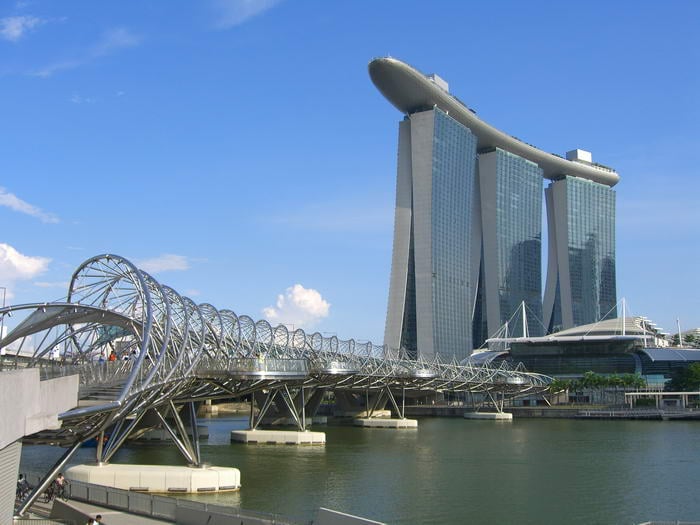
03 – Millau Viaduct Bridge, Midi-Pyrénées, France
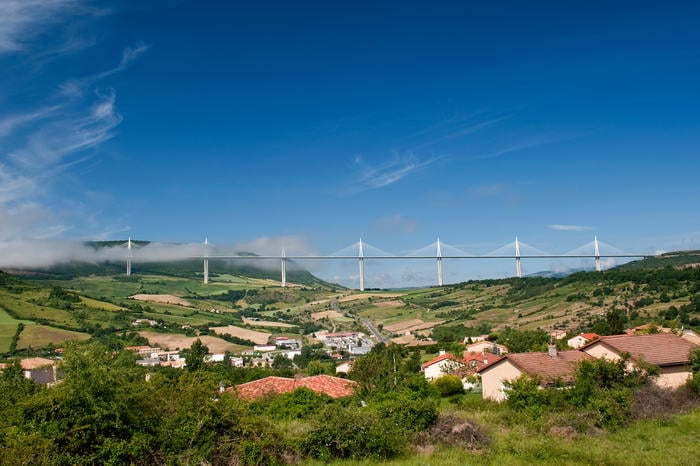
02 – Khaju Bridge,Isfahan, Iran
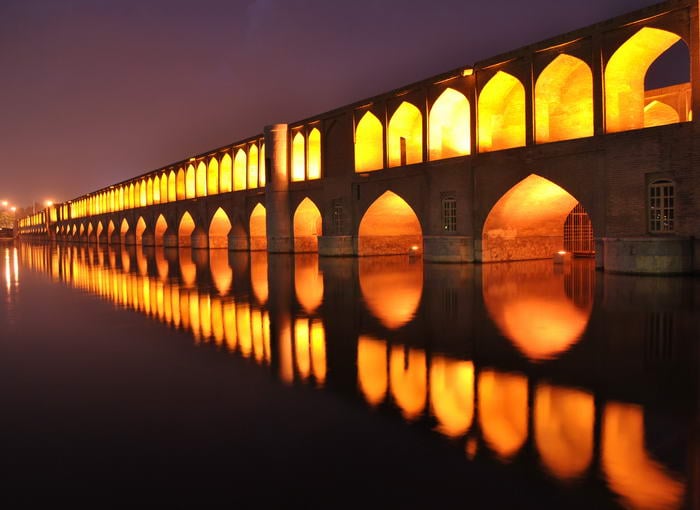
01 – Golden Gate Bridge, San Francisco, USA
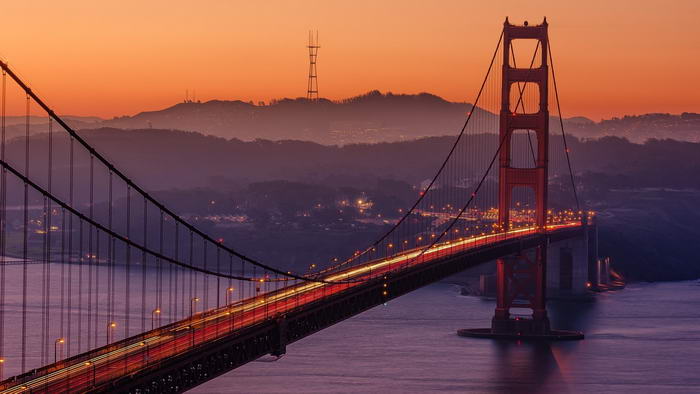
This is definitely one of the most photographed bridges in the world. Its construction took more than four years and $27 million, and the bridge has become one of the most famous landmarks of San Francisco. Spanning the Pacific Ocean since the year 1937, the bridge’s red hue has helped it to become one of the most popular bridges in the world.
The Art and Science Behind Bridge Design: A Journey into Architectural Mastery
In the world of architecture and engineering, bridges represent a fascinating intersection of practicality and aesthetic appeal. As we delve deeper into the art and science behind bridge design, it becomes clear that these structures are much more than mere means of transportation. They embody a rich tapestry of technological innovation, architectural evolution, and cultural significance.
The Balancing Act: Aesthetics and Functionality in Bridge Design
The creation of a bridge is a meticulous process, balancing the need for durability and functionality with an often equally strong desire for visual elegance. This balance is evident in many of the world’s most famous bridges:
- Brooklyn Bridge – Combining Neo-Gothic design with a robust suspension structure.
- Ponte Vecchio – A medieval stone bridge renowned for its unique row of shops.
- Golden Gate Bridge – An Art Deco masterpiece, as much a symbol of San Francisco as a crossing point.
Architectural Styles Across Eras
Bridges serve as milestones in the history of architecture, showcasing various styles from Gothic to Renaissance to Modern. Each style reflects the technological capabilities and aesthetic preferences of its time:
- Gothic: Characterized by pointed arches and ribbed vaults.
- Renaissance: Focused on symmetry, proportion, and the use of classical elements.
- Modern: Emphasizes minimalism, innovative materials, and structural expressiveness.
Engineering Marvels: Pushing the Boundaries of Design
The advances in engineering have allowed for more ambitious bridge designs. Modern bridges often push the boundaries of what was once thought impossible:
- Millau Viaduct – Holds the title of the world’s tallest bridge, a marvel of modern engineering.
- Helix Bridge – A fusion of artistic design and structural engineering, creating a visually stunning spiral.
Influential Architects and Engineers
Behind every great bridge is a visionary architect or engineer. These individuals have left indelible marks on the field of bridge construction:
- John A. Roebling – The mastermind behind the Brooklyn Bridge’s innovative design.
- Joseph Strauss – Played a pivotal role in the design and construction of the Golden Gate Bridge.
The innovation in bridge construction is not just a tale of concrete and steel. It’s a story of human ambition, creativity, and the relentless pursuit of pushing boundaries. Bridges like the Chengyang Bridge in China and the Rialto Bridge in Venice are perfect examples of how cultural contexts have shaped bridge design throughout history.
The Role of Technology in Modern Bridge Building
The leaps in technology over recent decades have transformed bridge construction:
- Computer-Aided Design (CAD): Allows for more precise and complex designs.
- New Materials: Innovations in materials have led to stronger, more durable bridges.
- Structural Health Monitoring: Modern technology enables real-time monitoring of bridges for safety and maintenance.
In conclusion, the world of bridge design is a mesmerizing blend of art, science, and history. These structures are not just practical solutions to geographical challenges; they are bold statements of human capability and creativity. As we continue to innovate and push the limits of engineering and design, bridges will undoubtedly continue to inspire and amaze generations to come. They are, in every sense, the architectural icons of our built environment, bridging not just physical gaps but also connecting us to our past and guiding us toward the future.


